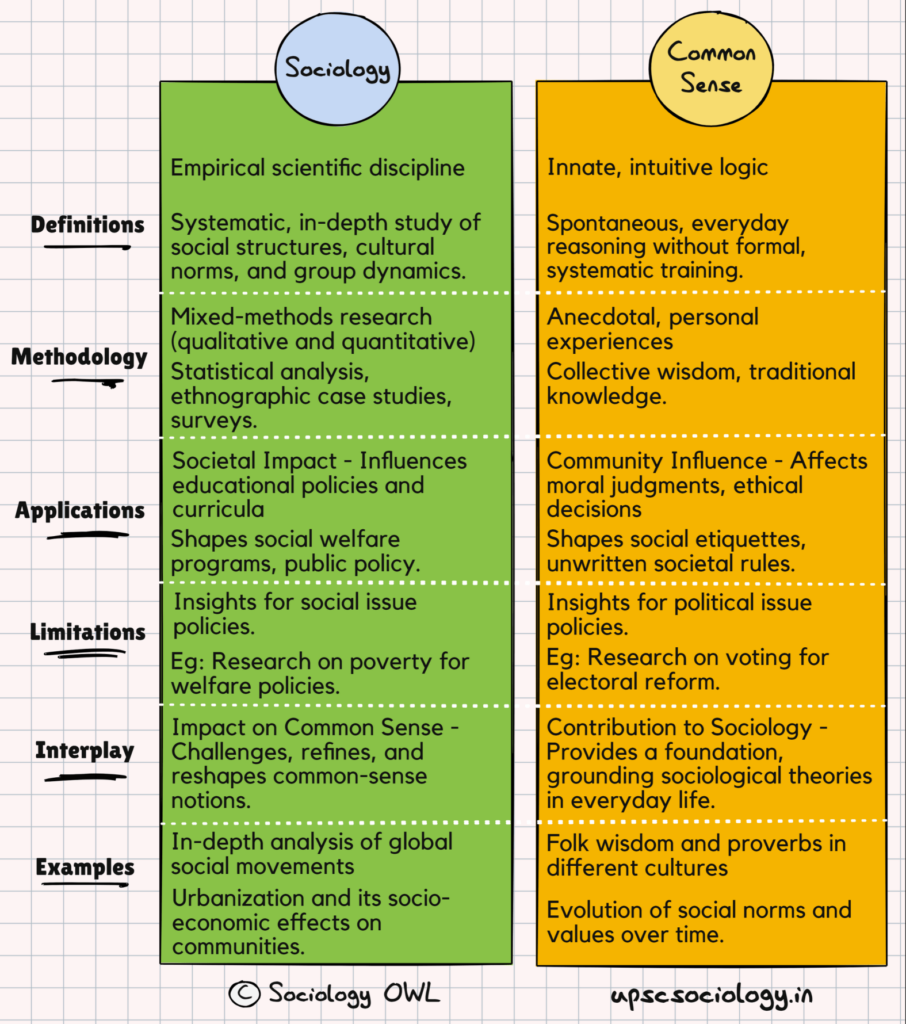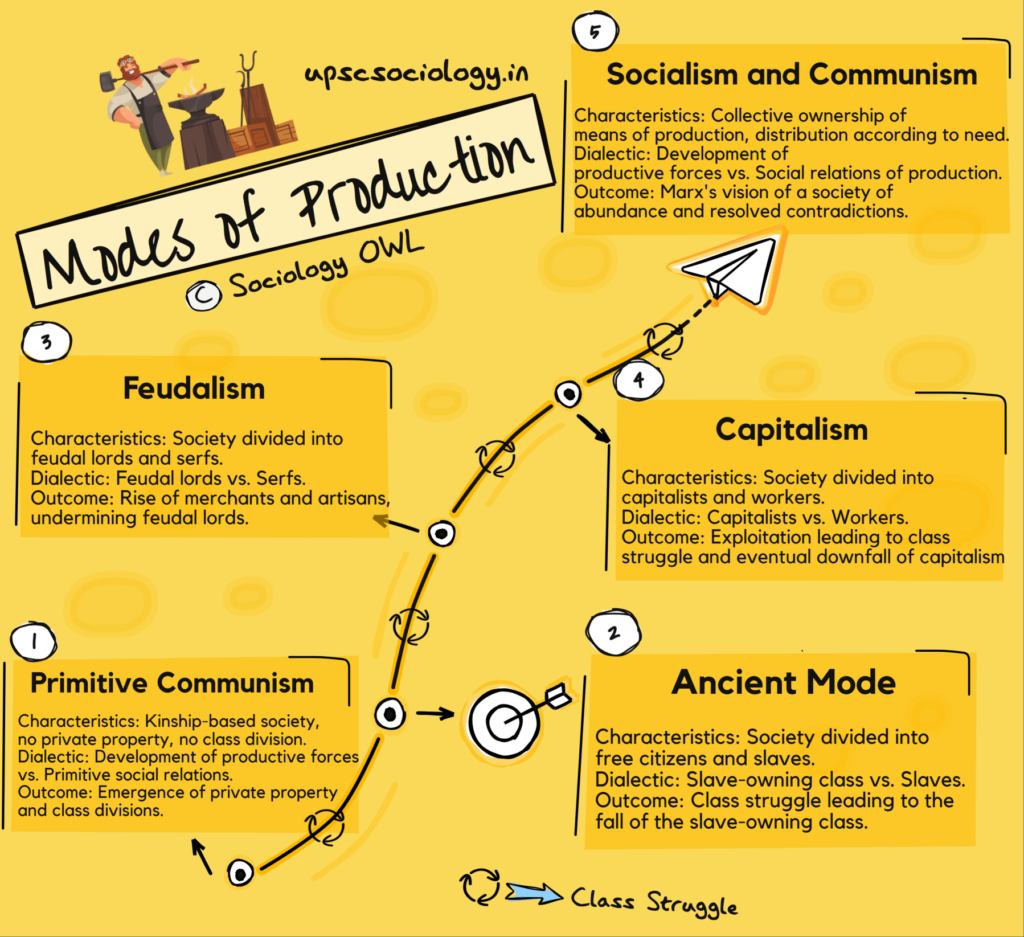From the viewpoint of growing importance of multidisciplinarity, how do you relate sociology to other social sciences ?
Model Answers
Q: From the viewpoint of growing importance of multidisciplinarity, how do you relate sociology to other social sciences ?
Question asked in UPSC Sociology 2021 Paper 1. Download our app for last 20 year question with model answers.
Model Answer:
Relationship between Sociology and Other Social Sciences
The growing importance of multidisciplinarity in academia and research highlights the interconnectedness of various fields, including sociology and other social sciences. Sociology, as the study of society, social relationships, and institutions, inherently overlaps with disciplines like anthropology, psychology, economics, political science, and history. This interconnectedness enriches our understanding of complex social phenomena.
1. Sociology and Anthropology:
Both disciplines study human societies, but while anthropology traditionally focuses on small-scale societies and cultural aspects, sociology often examines larger, complex societies. The concept of culture is central to both, with sociologists like Emile Durkheim emphasizing social facts and collective conscience, while anthropologists like Clifford Geertz focus on cultural symbols and meanings. This overlap allows for a comprehensive analysis of cultural practices and social structures.
2. Sociology and Psychology:
Sociology and psychology intersect in understanding individual behavior within a social context. While psychology focuses on individual mental processes, sociology examines how these processes are influenced by social structures. Theories like George Herbert Mead’s symbolic interactionism bridge the two by exploring how self-concept is developed through social interaction.
3. Sociology and Economics:
Economic sociology examines how economic activities are embedded in social structures. Max Weber’s work on the Protestant Ethic and the Spirit of Capitalism illustrates how religious beliefs can influence economic behavior. Similarly, Karl Polanyi’s concept of the “embedded economy” highlights the social dimensions of economic systems, contrasting with the purely rational models of classical economics.
4. Sociology and Political Science:
Both fields explore power dynamics and governance structures. Sociology provides insights into how social stratification and group identities influence political behavior and policy-making. C. Wright Mills’ concept of the “power elite” demonstrates the intersection of sociology and political science by analyzing how a small group holds significant power across major institutions.
5. Sociology and History:
Historical sociology uses historical data to understand social processes and structures over time. The works of Norbert Elias on the civilizing process exemplify how historical events shape societal norms and behaviors.
In conclusion, sociology’s relationship with other social sciences is symbiotic, with each discipline contributing unique perspectives and methodologies. This multidisciplinarity is crucial for addressing complex societal issues, fostering a holistic understanding that transcends disciplinary boundaries. By integrating insights from various fields, sociologists can better analyze and interpret the intricate web of social life.
More Questions:
Download our app for UPSC Sociology Optional - Syllabus, NCERT Books, IGNOU Books, Past Paper with Model Answers, Topper Notes & Answer Sheet.


